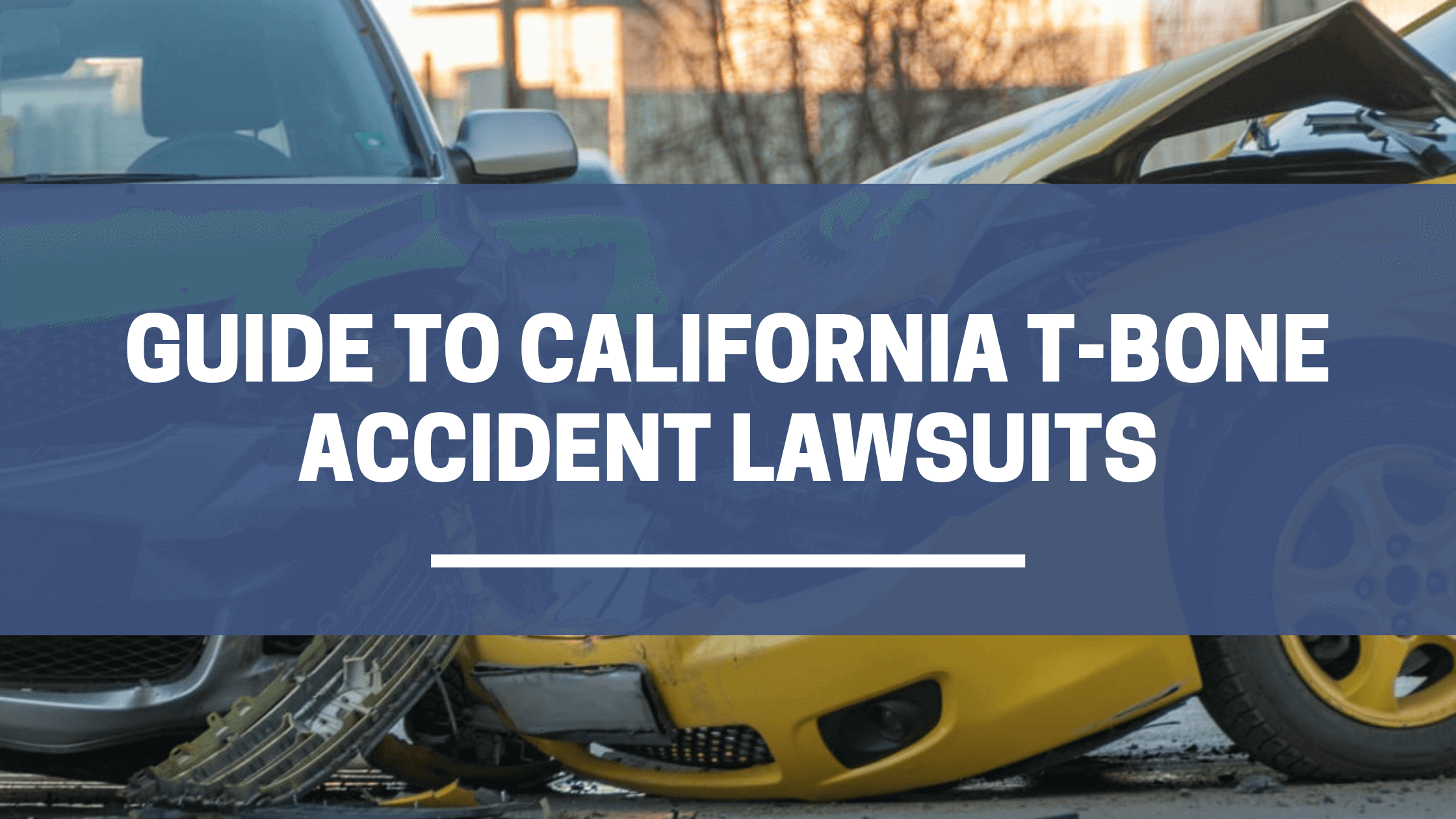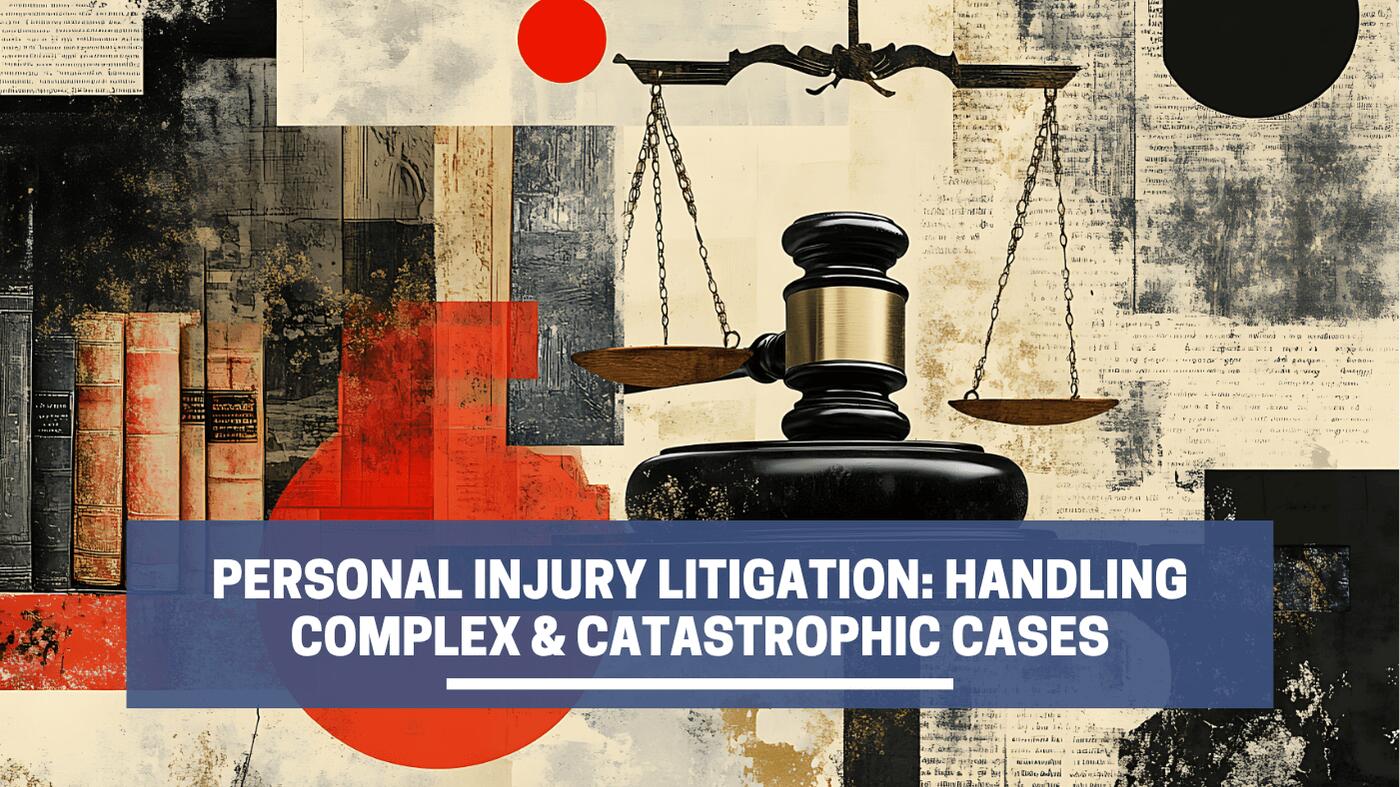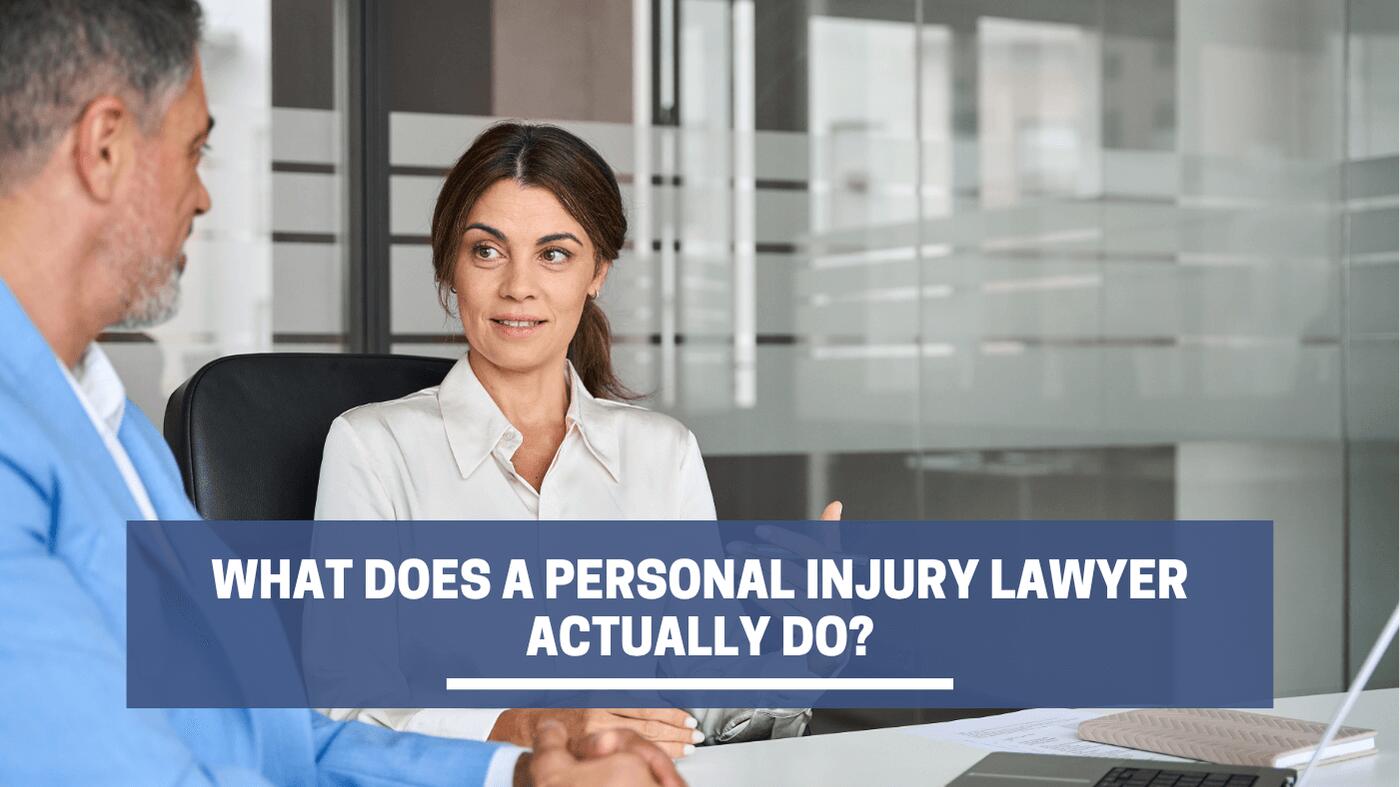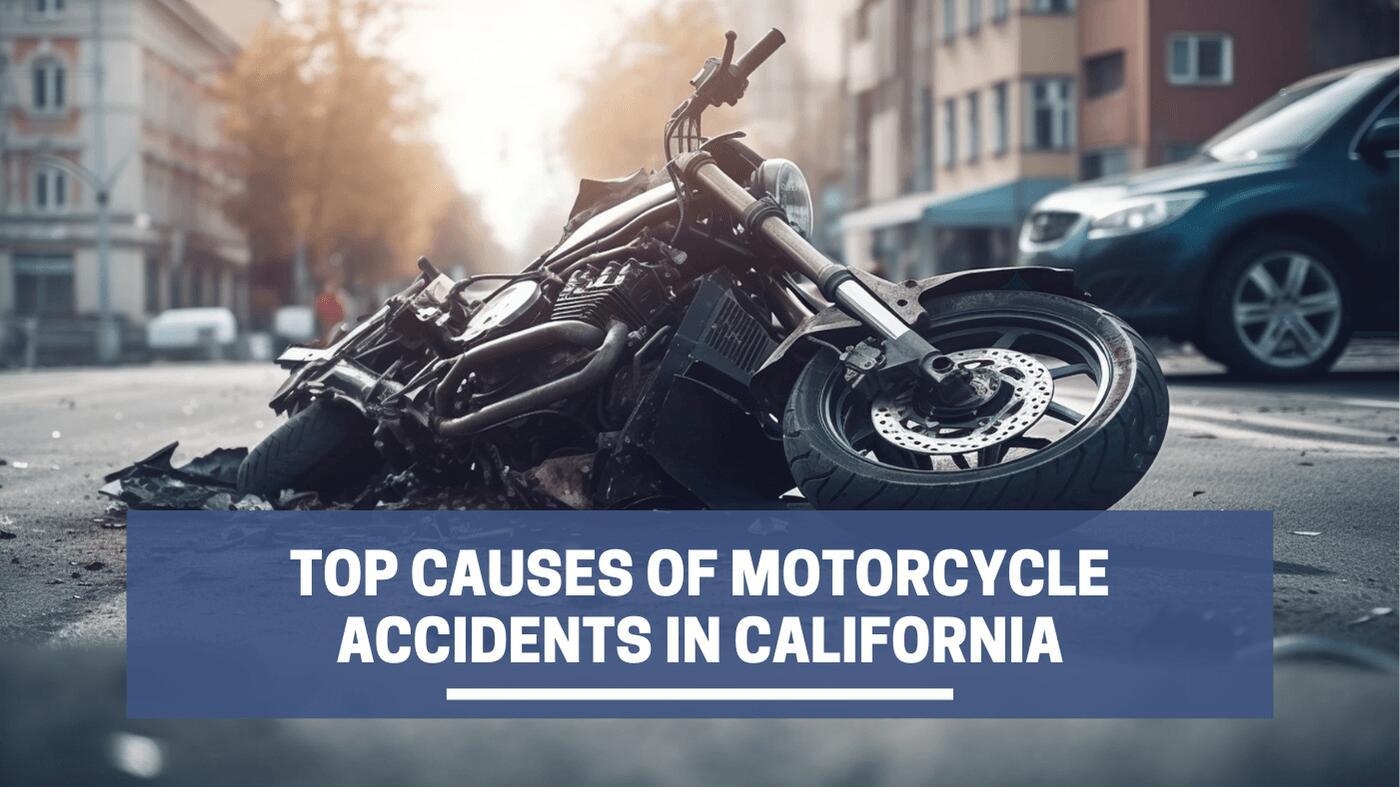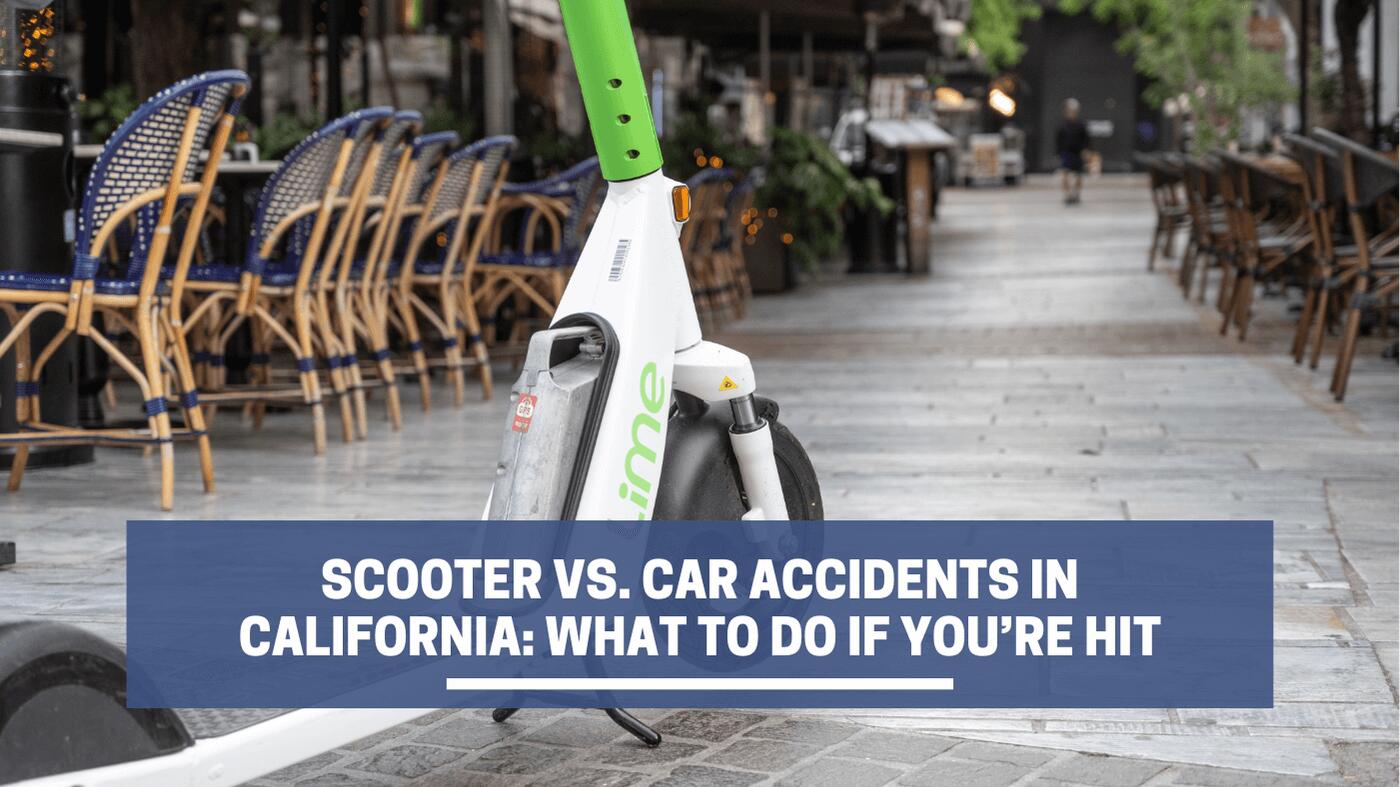T-Bone collisions occur when a vehicle crashes into the side of another vehicle. They are also called broadside collisions, side-impact crashes, or angle accidents. These accidents made up 35.4% of all collisions in 2020.
Whether a driver is liable for a T-Bone crash depends on their negligence in causing the accident. You can determine who is at fault for the accident and get damages from the at-fault driver, including medical costs, lost wages, and property damage, with the legal assistance of a California car accident lawyer.
What is Considered a T-Bone Accident?
When a car drives head-on into the side of another car, resulting in a T-shape, it’s called a T-Bone accident. These accidents can occur anywhere from busy intersections to highways to parking lots. Several factors contribute to T-Bone accidents in these areas, including:
Aggressive driving
Drivers who take unsafe risks may endanger other motorists, resulting in T-bone crashes. They may speed, fail to yield right-of-way, and weave in and out of traffic. A T-Bone crash can happen as a driver goes through a red light or stop sign and hits a vehicle with the right of way. Drivers can also be in danger of a T-Bone wreck when they drive through a red light and another car hits them.
Unsafe left turns
According to the National Highway Safety Administration (NHTSA), left-hand turn accidents account for 22.2% of intersection collisions. Some drivers fail to take extra precaution when making a left-hand turn, such as inadequate surveillance by not checking for approaching traffic while completing the turn. Inadequate surveillance at an intersection can increase the risk of getting into a T-Bone crash by 6.1 times.
Alcohol use
Alcohol use is another cause of T-bone crashes because it impairs judgment and reflexes. It could lead a driver to make poor decisions while driving, such as trying to make an unsafe lane change. Even a modest amount of alcohol can impair a driver’s ability to drive. In 2020, 2,041 people were killed in collisions in which the drivers’ blood alcohol concentration (BAC) was between.01 and .07 g/dL.
Distracted driving
Distracted drivers may not pay attention to their environment and oncoming traffic, resulting in T-Bone accidents. A distraction occurs when something takes a driver’s mind, hands, or vision away from the action of driving when they’re behind the wheel.
The NHTSA calls texting while driving the most dangerous distraction since it combines all three types of distractions. A text takes your eyes off the road for at least five seconds, equivalent to driving the length of a football field at 55 mph without paying attention.
What are Common T-Bone Car Accident Injuries?
A T-Bone accident can cause more serious injuries than rear-end collisions due to the minimal amount of protection at the sides of the vehicle. The force of impact from the accident affects the driver and passengers in several ways.
Spinal injuries
A sudden impact may cause the body to jerk, placing pressure on the spine and causing the discs in the spine to bulge or slip. The accident can lead to severe neck injuries, such as whiplash, a sprained neck, or even a spinal fracture. If your spinal cord is damaged during an accident, it can result in paralysis or permanent loss of sensation in one or more limbs.
Head and traumatic brain injuries
These are also known as closed head injuries because there is no visible wound on the scalp or skull. With head trauma and traumatic brain injury, the damage occurs inside the skull due to compression from an impact of a side collision. Even a minor T-Bone accident can cause a serious traumatic brain injury if not treated properly after an accident.
The severity of a traumatic brain injury depends on how much force was involved in causing it. Mild symptoms may appear as fatigue and headaches. A brain injury that goes untreated can lead to memory loss, loss of equilibrium, and erratic mood swings over time.
Hip and leg injuries
The force of the T-Bone collision might directly affect your hips and legs, causing injuries to the hip and pelvis. Fractures, dislocations, and sprains are common hip injuries. A severe collision can fracture the acetabulum, the socket in the hip where the thigh bone goes, causing immediate pain.
Shoulder injuries
If your collarbone or clavicle has been fractured, your shoulder may be restricted in movement. A fractured humerus can result in swelling, limited range of motion, and considerable discomfort. A shoulder dislocation left untreated can cause muscle damage and chronic shoulder conditions, such as persistent shoulder instability in which the shoulder is loose and slips out of place repeatedly.
You should save all medical invoices and records as you receive treatment for your injuries. These records could prove helpful in starting your claim when you meet with your lawyer regarding the accident.
Should You Hire a Car Accident Lawyer After a T-Bone Collision?
After an accident, the insurance company may attempt to deny your claim or offer you a low settlement. They may also delay the payment until you accept their offer to lock you into agreeing and bar you from filing a claim for future damages.
Speak to a California personal injury attorney immediately after the accident to protect your legal rights. An injury lawyer understands the causes of a T-Bone accident and the insurance policy limits under which you can file a claim.
The lawyer can review the accident evidence to determine the other driver’s liability. They can then negotiate a fair T-Bone car accident settlement with the driver and their insurance company to compensate you for your injuries.
Who is at Fault in a T-Bone Accident?
In California Civil Code 1714 (a), everyone owes a duty of care to each other, including when they cause injury to others. Liability in a T-Bone accident is assessed based on the negligent actions of the drivers involved. To obtain T-Bone accident compensation, a car accident victim must prove the other driver caused the accident. The following are elements of a claim based on negligence:
- The driver had a duty of care to the victim. This duty of care includes controlling the vehicle and driving responsibly.
- The driver acted negligently, breaching their duty of care
- The driver’s negligence caused the victim’s injuries
If you’re involved in an accident, document and save as much evidence as possible so your attorney can use it when preparing your claim. If possible, take photos and videos of the accident scene to document the traffic and weather conditions. Work with your lawyer to find and record witnesses’ testimonies to determine who is at fault for the accident.
Can You File a Lawsuit if You Were Partly Responsible for the T-Bone Crash?
California’s comparative fault statute divides up fault between all parties, totaling 100%. All the parties’ damages are based on their percentage of negligence contributing to the accident. This means a plaintiff may be partially negligent even if they did not cause the accident.
For instance, if a driver causes your accident, but you aren’t wearing a seatbelt, they may use it as an affirmative defense because your injuries may not have been so severe if you were wearing the restraint. In this case, the court may find you 15% responsible for your injuries, and only award you 85% of possible damages.
T-bone accidents can become complex in court, especially when trying to determine negligence and liability. It’s best to talk to your lawyer to figure out how much compensation you can receive because of the accident.
What Damages are Available in a T-Bone Collision Settlement?
Using the evidence, your lawyer can help you recover compensation for the financial damages you incurred as a result of the accident. Your damages can include:
Economic damages
Economic damages refer to accident-related calculable expenses, such as current and future medical expenses and car repair costs. You may also recover past and future lost wages if you could not work because of injuries sustained in the accident.
Non-economic damages
You may be eligible for compensation for pain and suffering, emotional distress, and physical impairment. These are harder to quantify with a dollar amount but can be just as important to your recovery as economic damages. Your lawyer may assess non-economic damages based on the extent of your physical pain and suffering during and after the accident.
Punitive damages
In rare cases, you may seek punitive damages in a car accident case. Punitive damages are intended to punish the negligent party, such as in the case of drunk driving. You must prove oppression or malice to receive these damages, which your attorney can help you determine.
Do You Have a Claim if the Other Driver Doesn’t Have Insurance?
California drivers have the option of carrying uninsured motorist coverage (UMC) in their auto insurance policies. Uninsured motorist coverage can pay for injuries you and your passengers suffer if you are in an accident with an at-fault driver who does not carry insurance. Underinsured motorist coverage (UIM) kicks in only when the at-fault driver has a limited auto insurance policy that does not cover all your financial losses.
Having a lawyer explain your UMC in your insurance policy will allow you to file a UMC claim with your insurer.
Contact Shirvanian Law Firm After a T-Bone Accident
If you or a loved one suffered injuries in a T-Bone crash, contact the knowledgeable lawyers at the Shirvanian Law Firm to help. With our extensive experience in car accidents and personal injury cases, we can review your claim and help you get the compensation you deserve.
Reach out to us today to schedule a free case evaluation to start your case.
References:
Type of Crash
https://injuryfacts.nsc.org/motor-vehicle/overview/type-of-crash/
Crash Factors in Intersection-Related Crashes: An On-Scene Perspective
https://crashstats.nhtsa.dot.gov/Api/Public/ViewPublication/811366
Distracted Driving
https://www.nhtsa.gov/risky-driving/distracted-driving
Drunk Driving
https://www.nhtsa.gov/risky-driving/drunk-driving
California Civil Code §1714(a)
https://leginfo.legislature.ca.gov/faces/codes_displaySection.xhtml?sectionNum=1714.&lawCode=CIV
712.Affirmative Defense – Failure to Wear a Seat Belt
https://www.courts.ca.gov/partners/documents/Judicial_Council_of_California_Civil_Jury_Instructions.pdf







